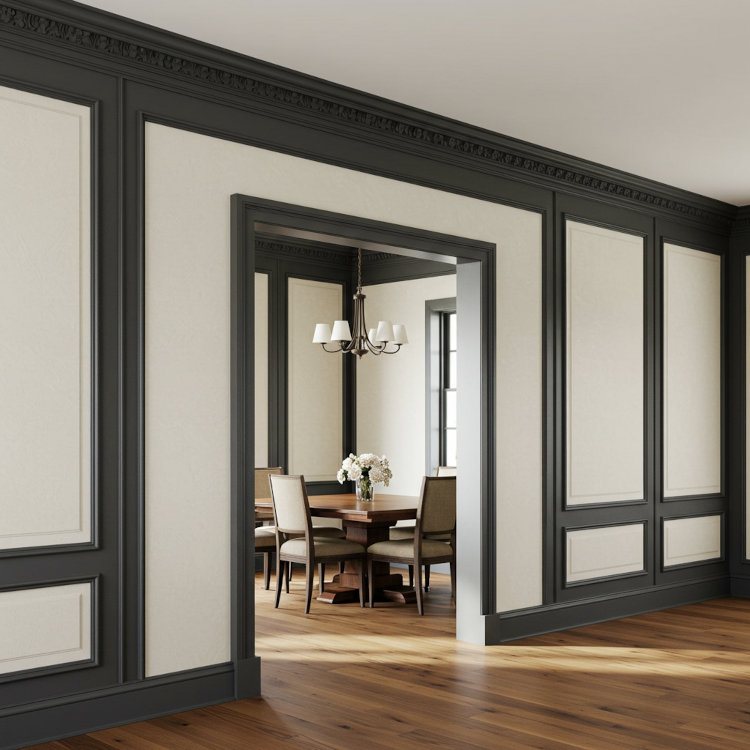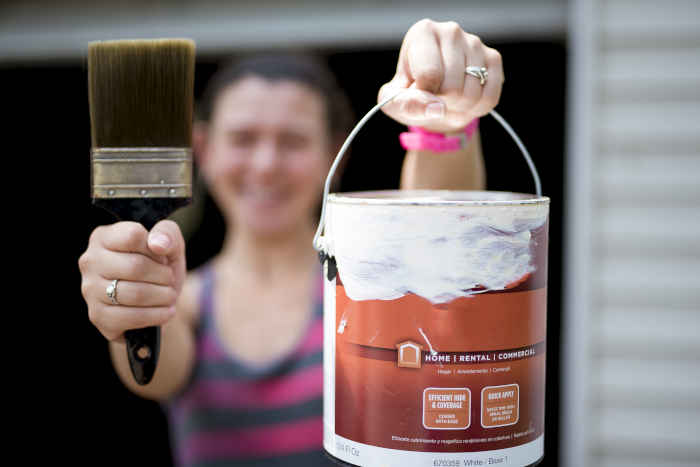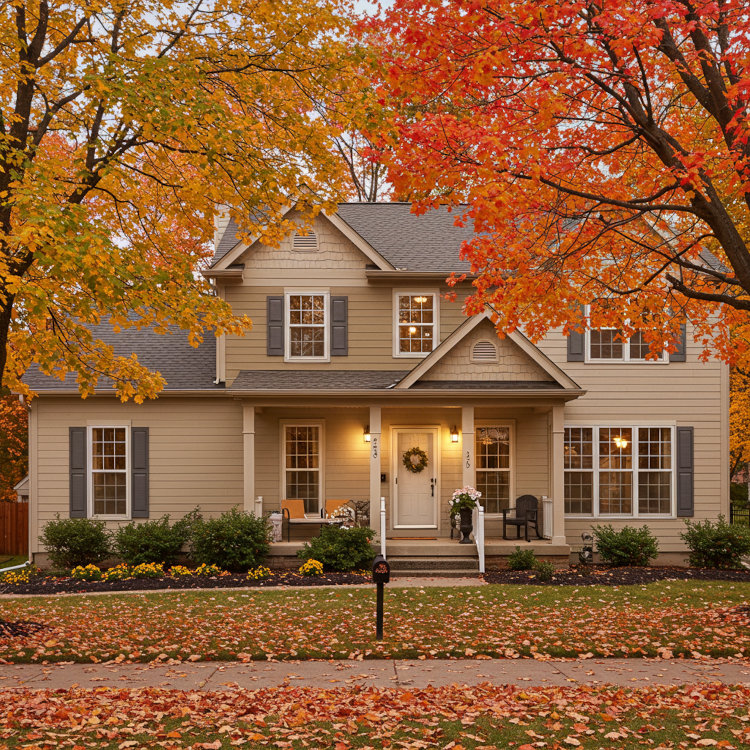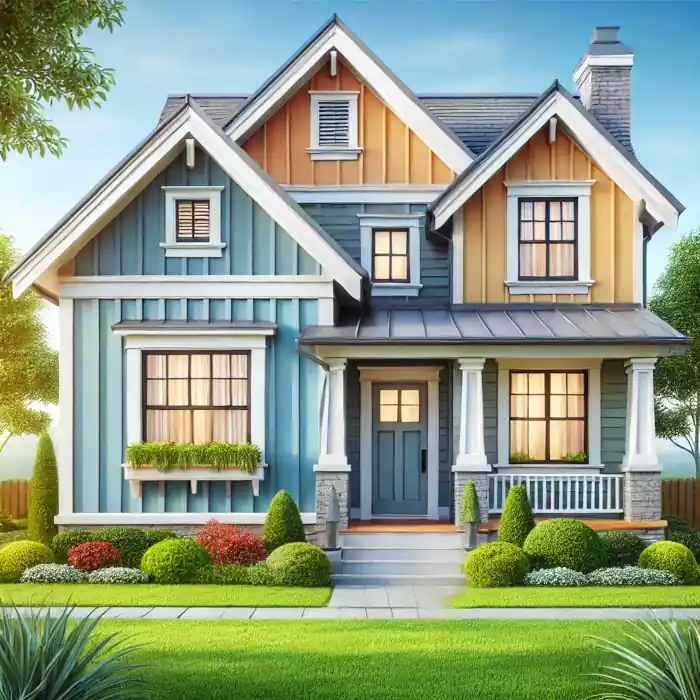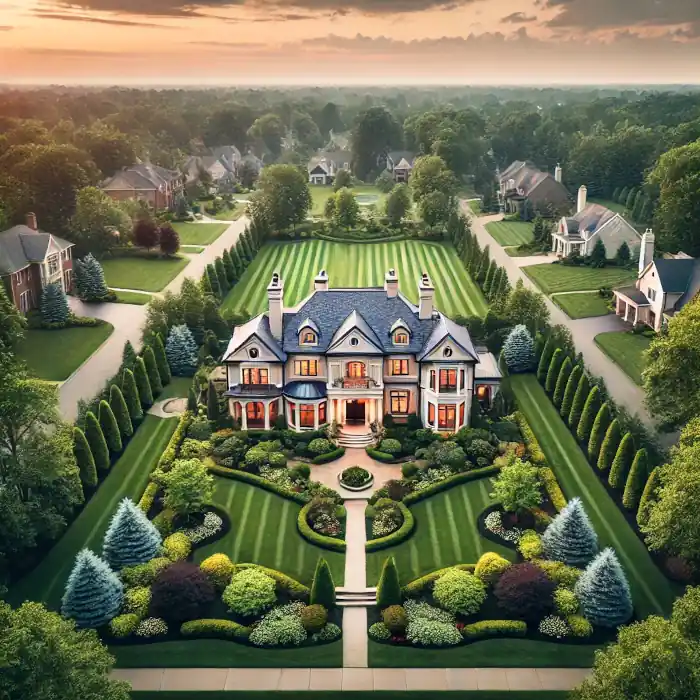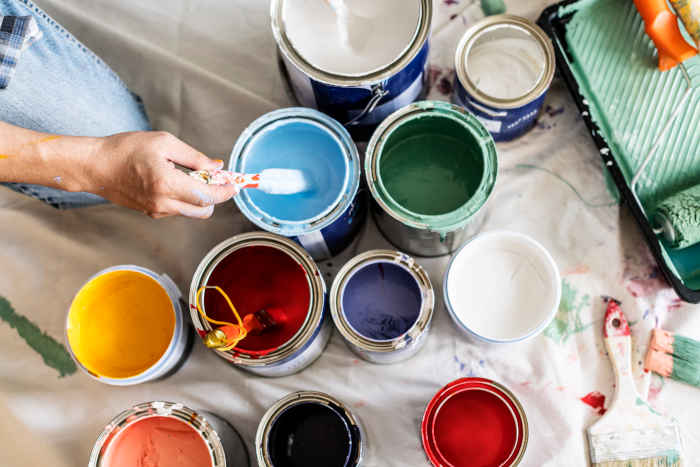As an Amazon Associate, I earn from qualifying purchases. Privacy Policy / Terms
When homeowners update a room, their first thought is usually wall colors or new furniture. While those choices matter, one overlooked detail can completely change the way a space feels: the trim. Painted trim frames the room, highlights design features, and gives interiors a polished finish. Worn or chipped trim, however, can make even freshly painted walls look dated. This is why trim painting often makes or breaks your interior look.
Trim Frames and Defines a Room
Trim is not just a border where walls meet floors or ceilings. It shapes the room and directs attention to windows, doors, and transitions between surfaces. A well-painted frame makes the design feel intentional and balanced.
In living rooms, bright white trim around windows can reflect natural light and make the space feel larger. In bedrooms, soft neutral trim helps create a calming, restful environment. In dining rooms, darker trim can provide dramatic contrast to lighter walls, turning a simple space into an elegant setting. When trim is properly painted, the whole room gains definition and style.
Elegance in the Details
Interior painting is about atmosphere. Wall colors set the mood, but trim determines how refined the finished look appears. Clean baseboards, crown molding, and door casings with smooth coats of paint communicate attention to detail and quality.
On the other hand, uneven edges, visible brush strokes, or unfinished trim distract from everything else in the room. Professional interior painters know that these finishing touches define the difference between a painting job that looks average and one that looks exceptional.
Fresh Trim Paint Transforms Interiors
Updating trim paint is one of the easiest ways to refresh interiors without a full renovation. Old trim often shows marks, stains, or faded areas that reduce the overall appeal of a room. A clean coat of paint restores brightness, sharpens lines, and immediately modernizes the space.
Even if you keep existing wall colors, painting trim can dramatically change the mood of a room. Switching from dark wood trim to crisp white can make a home feel more contemporary. Choosing a high gloss finish adds sophistication and makes cleaning easier. Matching trim to the wall color creates seamless flow, while bold trim around doors and windows adds contrast and personality.
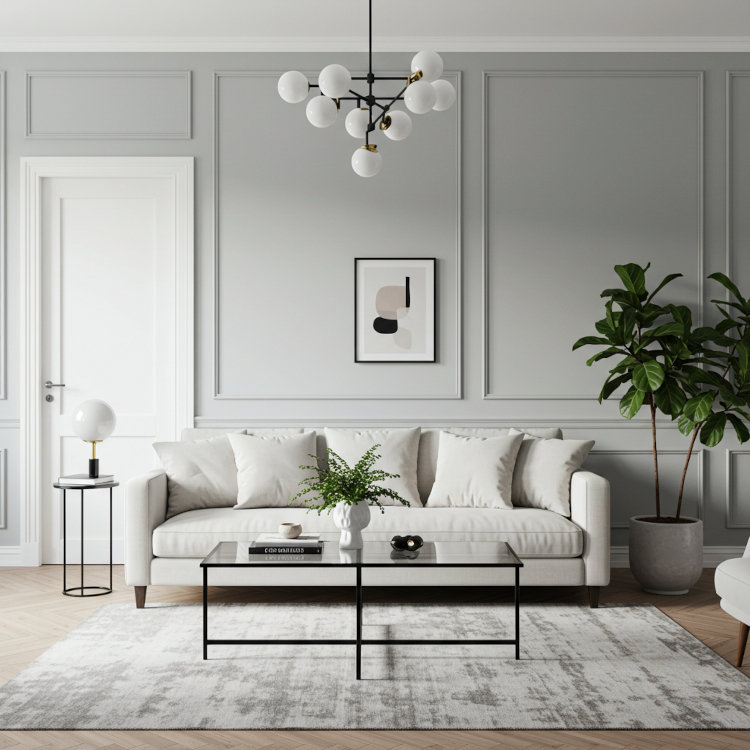
Why Professionals Handle Trim Best
Painting trim is a detail-focused project. Unlike walls, trim has narrow surfaces, corners, and edges that require steady precision. Professionals prepare trim properly, sanding rough spots, filling small gaps, and applying a coat of primer when needed. These steps create a strong foundation for durable results.
They also use the right tools: painter’s tape for sharp lines, drop cloths to protect flooring, and angled brushes for smooth application. With experience, professional painters apply multiple coats of paint evenly and avoid drips or streaks. This saves homeowners time, effort, and frustration while ensuring a finish that lasts.
Common Trim Painting Mistakes
Homeowners who attempt to paint trim on their own often run into issues. Skipping prep work or rushing through coats of paint leads to uneven finishes. Using the wrong type of paint can cause chipping or early wear. Neglecting to move furniture or cover light fixtures with drop cloths often creates a mess and extra cleanup.
Professional painters avoid these mistakes by following proven steps from start to finish. They know how to choose the best type of paint for trim, apply primer when necessary, and finish with a protective gloss that enhances both durability and appearance.
Benefits of Updating Trim Paint
Painting trim is a relatively small project compared to painting interior walls, yet it delivers impressive results. Homeowners benefit from both style improvements and added protection.
- Refreshes interiors with a clean, updated appearance
- Frame doors and windows to highlight design features
- Protects woodwork from moisture and everyday wear
- Raises home value by presenting a polished interior look
These benefits explain why painting trim is one of the most impactful updates in interior painting.
Trim Painting and Interior Style
Trim color sets the tone for a room just as much as the walls. White trim remains a classic choice that suits nearly every design. Cream tones add warmth, while bold colors such as navy or black create contrast for a modern edge. Matching trim to wall color creates flow and makes rooms appear larger.
By carefully selecting paint color, finish, and placement, trim painting becomes a key part of interior design. It brings cohesion to a space and ensures every detail looks intentional.
Final Thoughts
Trim is the finishing element that defines every room. Whether it is painting baseboards in a hallway, adding gloss to crown molding, or refreshing the frames around doors and windows, painted trim influences how polished and welcoming a home feels.
With professional interior painters, homeowners in Chagrin Falls and across Northeast Ohio can achieve interiors that look refined and complete. Trim painting not only improves style but also protects woodwork for years to come. If you want your interior painting project to succeed, never overlook the detail that truly makes or breaks the look: the trim.
Views Expressed Disclaimer
The views, opinions, and information presented in this article are for informational purposes only and do not necessarily reflect the official policies or positions of Chagrin Falls Painting. While every effort has been made to ensure accuracy, Chagrin Falls Painting is not liable for any errors, omissions, or decisions made based on the content provided. Readers are encouraged to consult professionals for specific advice or assistance related to their unique circumstances.


